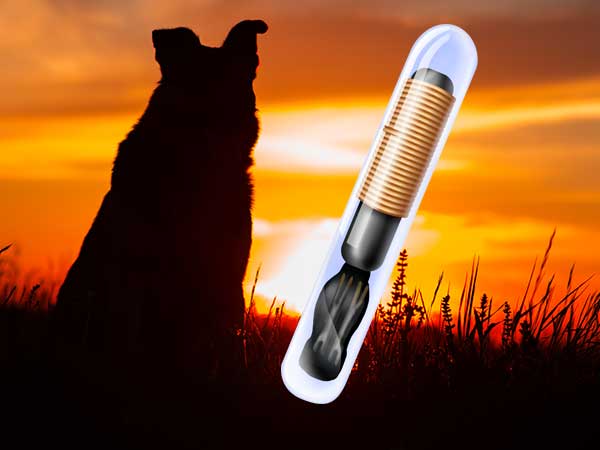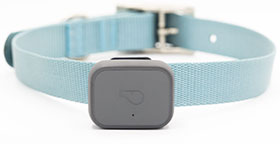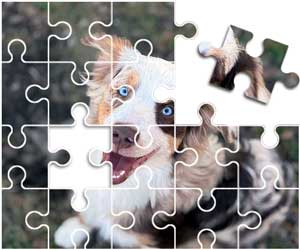
The Facts On Microchipping Dogs
Microchipping dogs has become a common practice in recent years as vigilant owners sought a more foolproof way of ensuring their dog's safe return should they become separated. Microchip technology has taken the identification process to a whole new level, enabling accurate identification of any dog throughout its entire lifespan. This is peace of mind that no owner could possibly argue with, but as with any subject there are always pros and cons.
In terms of helping to reunite lost dogs with their owners, the statistics tell a clear story. Despite the regular use of traditional dog ID tags, in a study of over 7,700 stray pets, less than 22% of non-microchipped dogs were safely returned to their owners. That translates to a one in five chance of having your dog returned if he doesn't have a microchip. Compare that to 51% of microchipped dogs that are successfully returned and you can easily see the difference microchips make. Of course, so much the better if you have both.
While traditional identification tags certainly serve a purpose and are still recommended as a safeguard by all vets along with microchipping dogs, the unfortunate truth is that tags can come loose and fall off or can wear down over time making them unreadable. This is particularly true for working breeds like the Australian Shepherd that spend a great portion of their time outside in the elements.

Photos: retbool / stock.adobe.com, Piumadaquila / stock.adobe.com
Give yourself the best chance of getting your Aussie back if they are lost by using tradional dog ID tags in combination with microchips and high tech trackers like the Whistle Dog Tracker.
Microchip Lookup Tool
Anyone can check a microchip registration against hundreds of registries' databases using the Universal Microchip Lookup Tool.
As the name suggests, the technology involved in the microchip is miniscule. The chip, which contains a radio transmitter and a tiny electronic device containing the animal's unique ID number, is no bigger than a grain of rice. The procedure is a simple injection, using a slightly bigger needle to accommodate the chip. It can be done in minutes in any vet's office at a typical cost of just $45. Once injected the chip should last for over 25 years, covering the life span of your dog.

Photo used with permission of Whistle Labs, Inc.
The Whistle 3 dog tracker fits easily onto your dog's collar providing you peace of mind.
Although improvements in technology are constantly being made, as of now microchipping dogs does not allow for pinpointing and tracking their location the way, for example, the Whistle Dog Tracker (which uses Wi-Fi, cellular, and GPS technology) might. Instead, when a dog is found and turned in to a shelter, the chip can be scanned and the identification number checked against a nationwide database in order to locate the owner. As noted above, this has greatly increased the chances of successfully reuniting lost dogs with their owners.
Microchipping Dogs Has Rare Drawbacks
Any time you rely on technology there will always be room for error and microchips are no exception to this rule. There are three frequencies used by scanners and if a shelter happens to use a scanner with a frequency that does not match that of your dog's chip, they won't be able to read his information. Fortunately, there are now universal scanners that can read any frequency, which is helping to cut back on this particular issue.
Since microchipping dogs involves inserting a foreign object into a dog's body, there are also some very rare potential side effects. These can include hemorrhaging, infection and abscesses caused by the chip or the potential for the chip to be injected into the wrong part of the dog's body or to migrate to another part of the body. There's also a very slim chance of tumors developing around the area of the implant. While these are all possible, the occurrences of these medical complications are so rare that most vets discount them.
Taking everything into consideration, the benefits of microchipping dogs far outweigh any possible drawbacks. For concerned owners who want to do everything they can to keep their four legged friend safe, there is no better option.
Have Dog Training Questions?
Check out these introductory dog training videos...
I want my dog to stop being aggressive.
I want some help training my new puppy.
I want my dog to stop barking at everything.
Get Australian Shepherd Info, Website Updates, Special Offers, and Cartoons...
FREE GIFT
You'll also receive a free copy of the ebook
My Everyday Dog Training Tools
by professional dog trainer Daniel Abdelnoor, "Doggy Dan"









